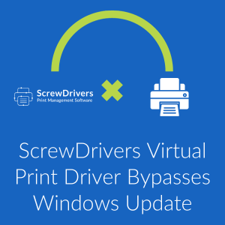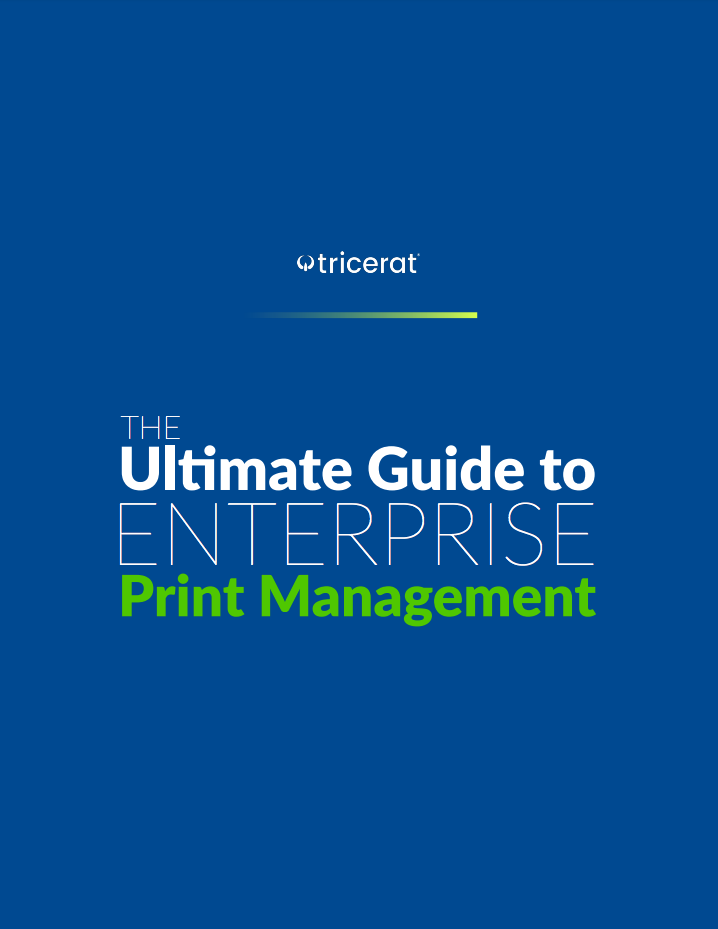In early September, Microsoft announced an “End of Servicing Plan” for printer drivers from third parties through Windows Update. Windows drivers | Microsoft Learn
There are a few things to note about the updated policy from Microsoft:
For general computing scenarios, this move is seen as a proactive step in advancing system technology to newer standards and closing security, compatibility, and performance issues that were found in older driver standards. For environments with primarily local workstation computing and standard print models, these changes will have a negligible effect on the end user if not a positive one that leverages drivers compliant with the latest standards. The industry has moved towards IPP Class drivers as defined by the Mopria Alliance, and limited use of older drivers helps increase adoption of those standards.
However, in any enterprise environment, the number of devices that are supported, often with a range of devices and features beyond the standard printer, requires support of more than the IPP class drivers currently offer. Additionally, application delivery methods that include VDI, cloud desktops, and other management systems, require administrators the flexibility to deploy the best driver for the various use cases their users need.
 Regarding Tricerat ScrewDrivers, the virtual driver is installed as part of our session agent and is purpose-built to be high-performing and adaptable to computing platforms such as virtual desktops and remote application delivery. A print job from an application will continue to print to the ScrewDrivers virtual driver or any driver managed by ScrewDrivers Enterprise, freeing the administrator to use the best driver for the device and use case on the print server or local desktop. For all endpoints managed by ScrewDrivers, there is no access to Windows Update for drivers and therefore no direct impact.
Regarding Tricerat ScrewDrivers, the virtual driver is installed as part of our session agent and is purpose-built to be high-performing and adaptable to computing platforms such as virtual desktops and remote application delivery. A print job from an application will continue to print to the ScrewDrivers virtual driver or any driver managed by ScrewDrivers Enterprise, freeing the administrator to use the best driver for the device and use case on the print server or local desktop. For all endpoints managed by ScrewDrivers, there is no access to Windows Update for drivers and therefore no direct impact.
Modern print management solutions, such as Tricerat ScrewDrivers, have a core focus on driver management throughout the enterprise. Administrators manage a sole source for the driver, be it on a print server or within the driver database, and the management platform handles configuration of the print queue with the right driver in the user session or at the endpoint.
.png?width=225&height=225&name=Windows%20Support%20for%203rd%20Party%20Printer%20Drivers%20Blog%20-%20Graphics%20(1).png) More specifically, a print solution that uses a virtual print driver is an important part of a modern print management solution. A virtual print driver solves many of the core issues that are being addressed here, by offering a secure, dynamic, and scalable solution without the need for drivers to be pre-loaded or distributed around the network. Using a virtual driver in a non-persistent desktop environment brings management, efficiency, and performance benefits while still granting administrators choices in the drivers that are used at the print server or final rendering of the print job.
More specifically, a print solution that uses a virtual print driver is an important part of a modern print management solution. A virtual print driver solves many of the core issues that are being addressed here, by offering a secure, dynamic, and scalable solution without the need for drivers to be pre-loaded or distributed around the network. Using a virtual driver in a non-persistent desktop environment brings management, efficiency, and performance benefits while still granting administrators choices in the drivers that are used at the print server or final rendering of the print job.
This announcement by Microsoft isn’t one that requires immediate change, but it is one that has to be considered with purpose since many enterprises rely on printing as a mission-critical process, especially for unique and complex use cases. Administrators are responsible for addressing the possible confusion generated by this change while still embracing the move to higher security standards. Considering the benefits of modern print management to simplify those user needs now will also provide a smooth transition through 3rd party driver changes in Windows Update.
Microsoft will block 3rd-party printer drivers in Windows Update
Microsoft removing third-party printer drivers from Windows Update benefits everyone
Microsoft will stop accepting new third-party print drivers in Windows
